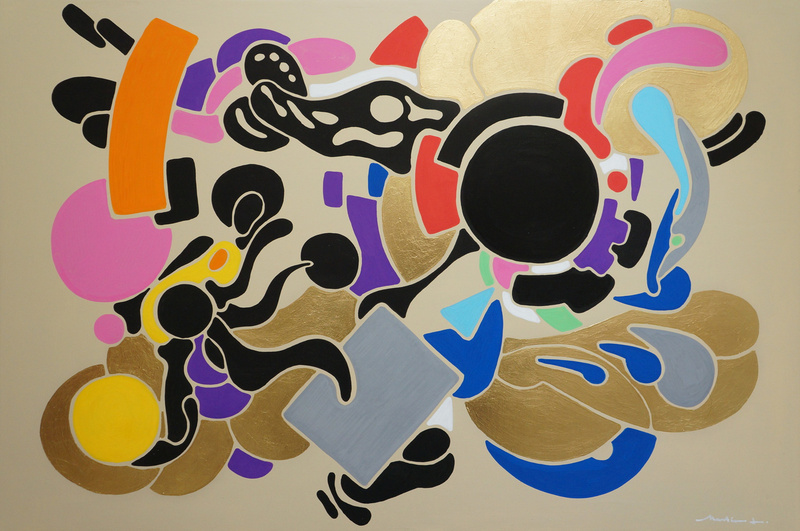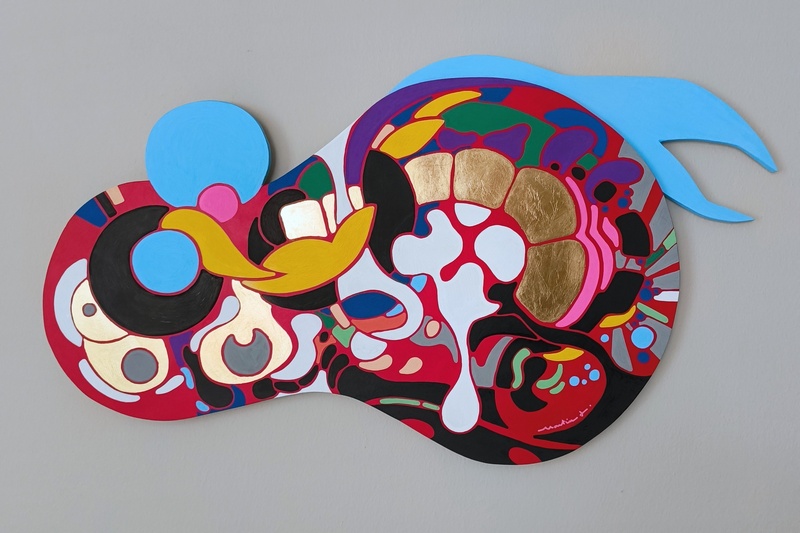
Ecru #7
#
61 cm × 91 cm
(24 in × 36 in), acrylic and brass leaf on 12-mm maple plywood

Red #10
#
58 cm × 102 cm
(23 in × 40 in), acrylic and brass leaf on 12-mm maple plywood

Ecru #6
#
46 cm × 61 cm
(18 in × 24 in), acrylic and brass leaf on 12-mm maple plywood

Red #9
#
61 cm × 62 cm
(24 in × 24 in), acrylic and brass leaf on 12-mm maple plywood

Yellow #8
#
61 cm × 91 cm
(24 in × 36 in), acrylic and aluminum leaf on canvas

Black #3
#
91 cm × 62 cm
(36 in × 24 in), acrylic and brass leaf on 12-mm maple plywood

Brown #3
#
61 cm × 91 cm
(24 in × 36 in), acrylic on 12-mm plywood

Ecru #5
#
62 cm × 62 cm
(24 in × 24 in), acrylic and aluminum leaf on 12-mm maple plywood

Blue #3
#
61 cm × 91 cm
(24 in × 36 in), acrylic and brass leaf on canvas

Ecru #3
#
61 cm × 91 cm
(24 in × 36 in), acrylic and brass leaf on 12-mm plywood

Red #4
#
46 cm × 61 cm
(18 in × 24 in), acrylic on canvas

Red #7
#
61 cm × 76 cm
(24 in × 30 in), acrylic and aluminum leaf on canvas

Magenta #2
#
46 cm × 61 cm
(18 in × 24 in), acrylic on canvas

Brown #1
#
46 cm × 61 cm
(18 in × 24 in), acrylic on canvas